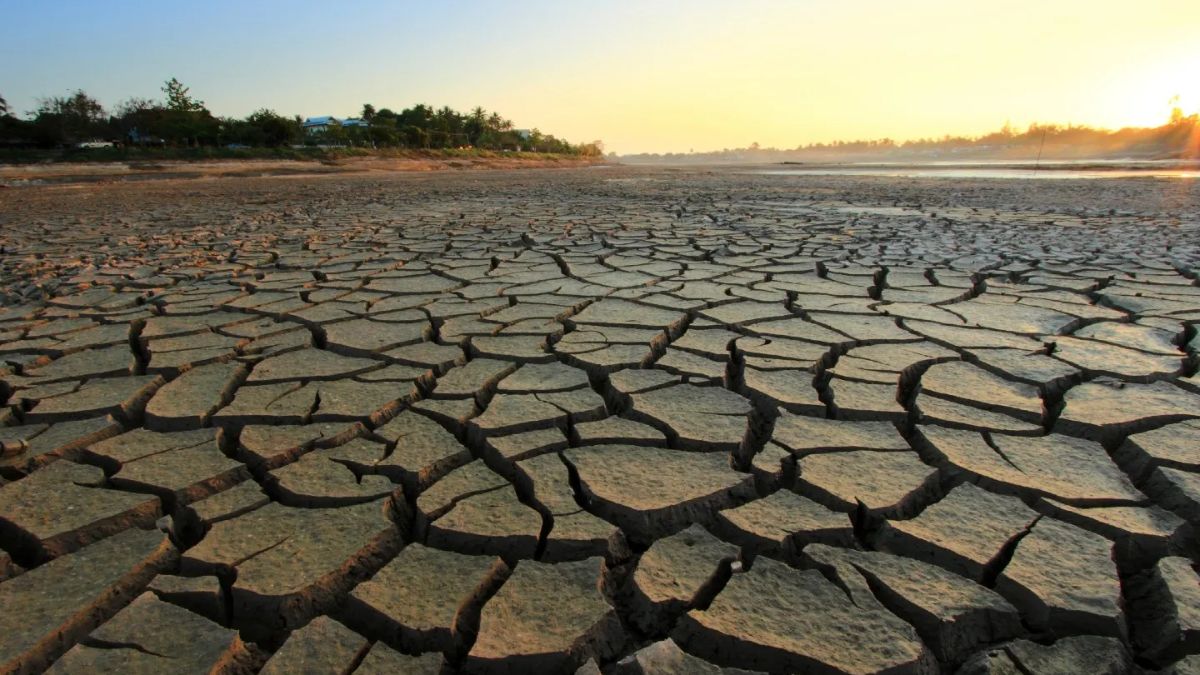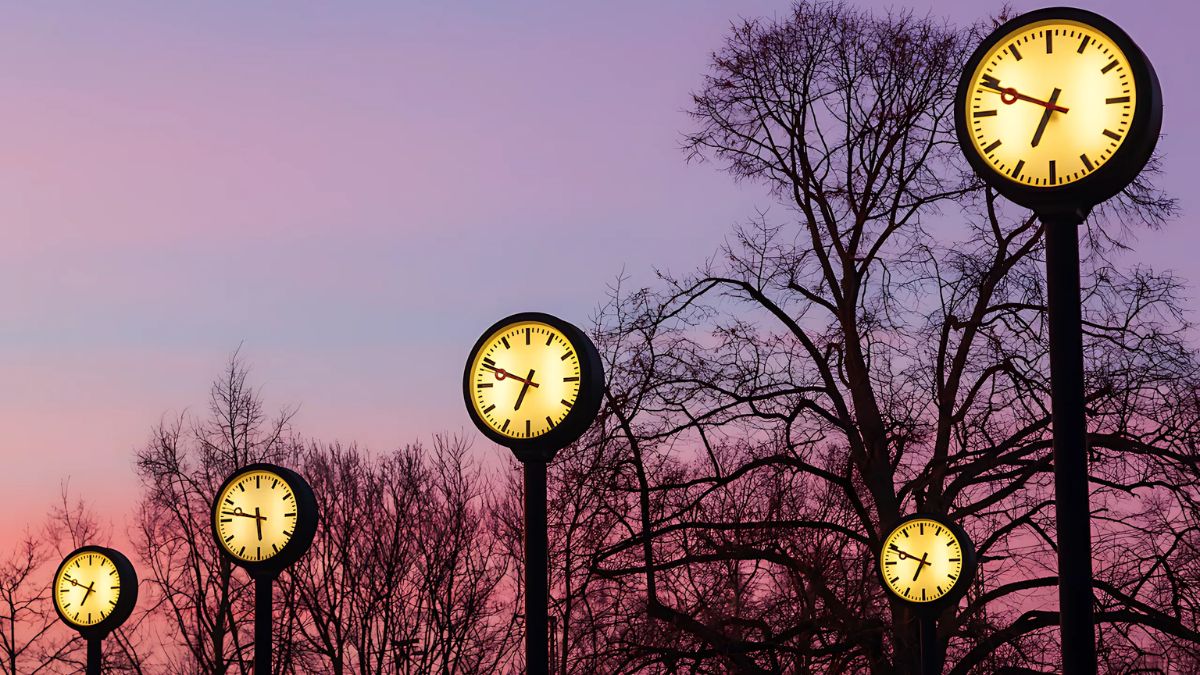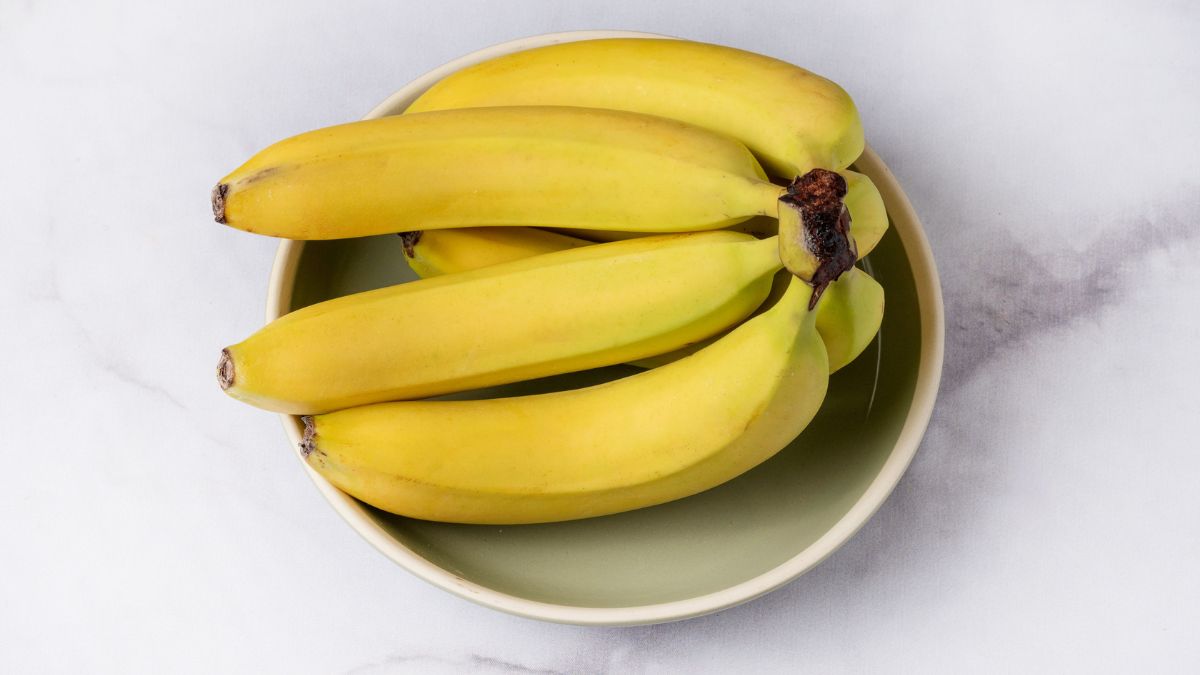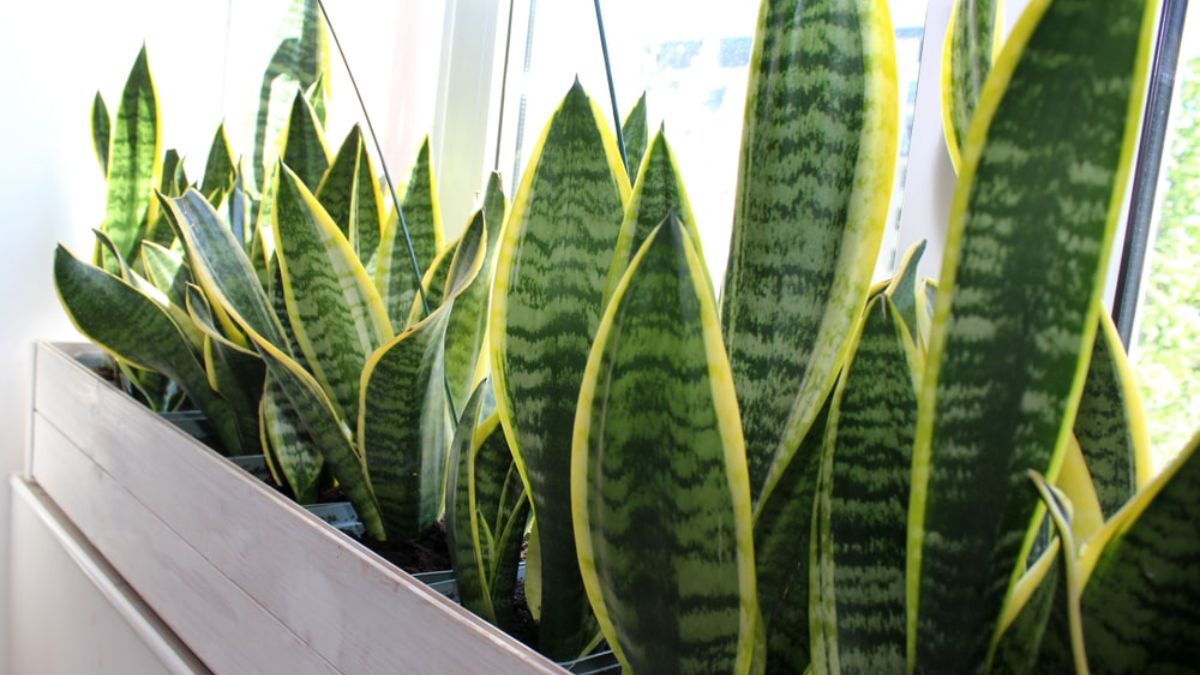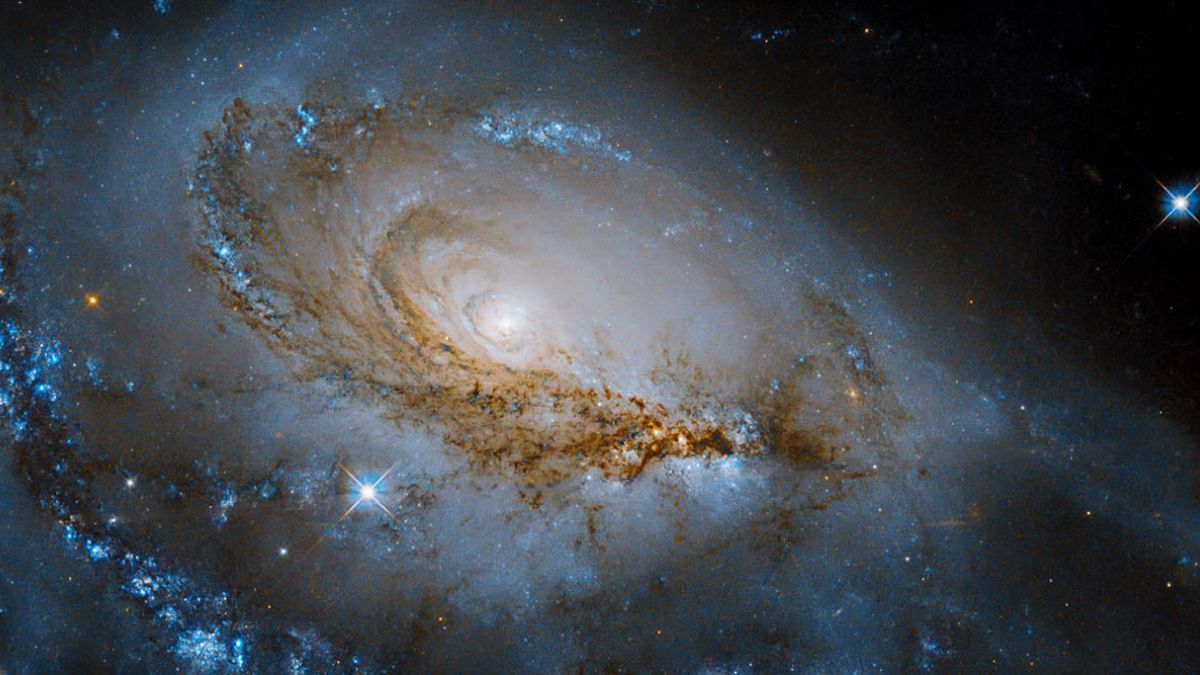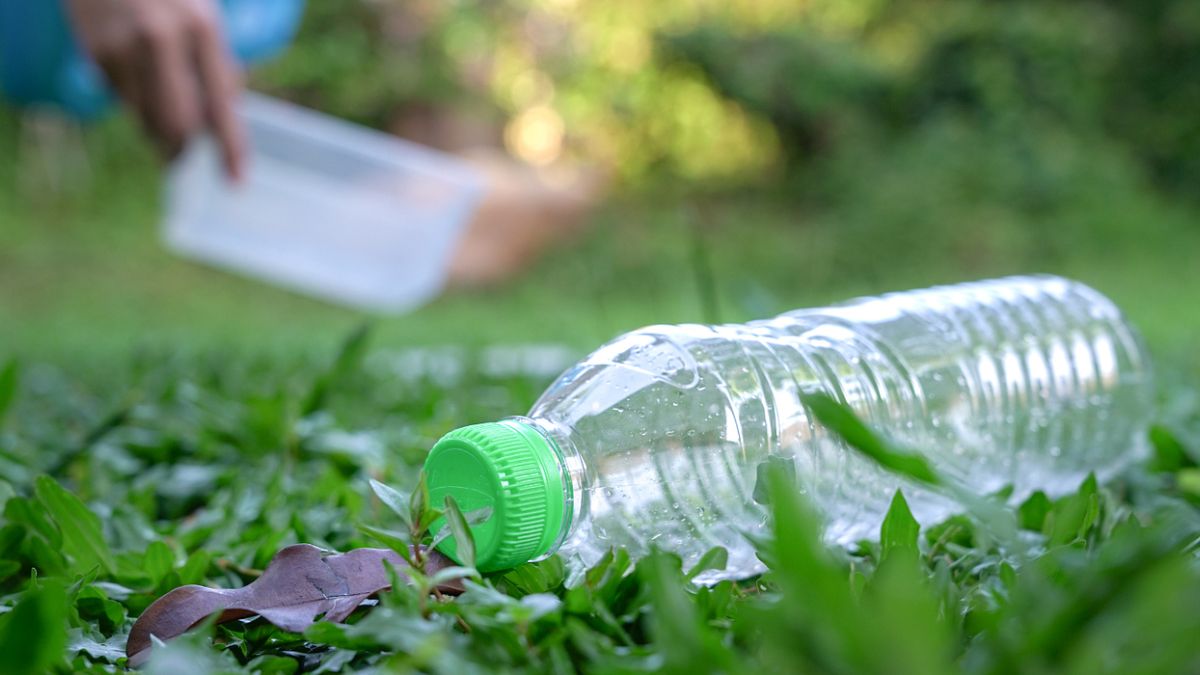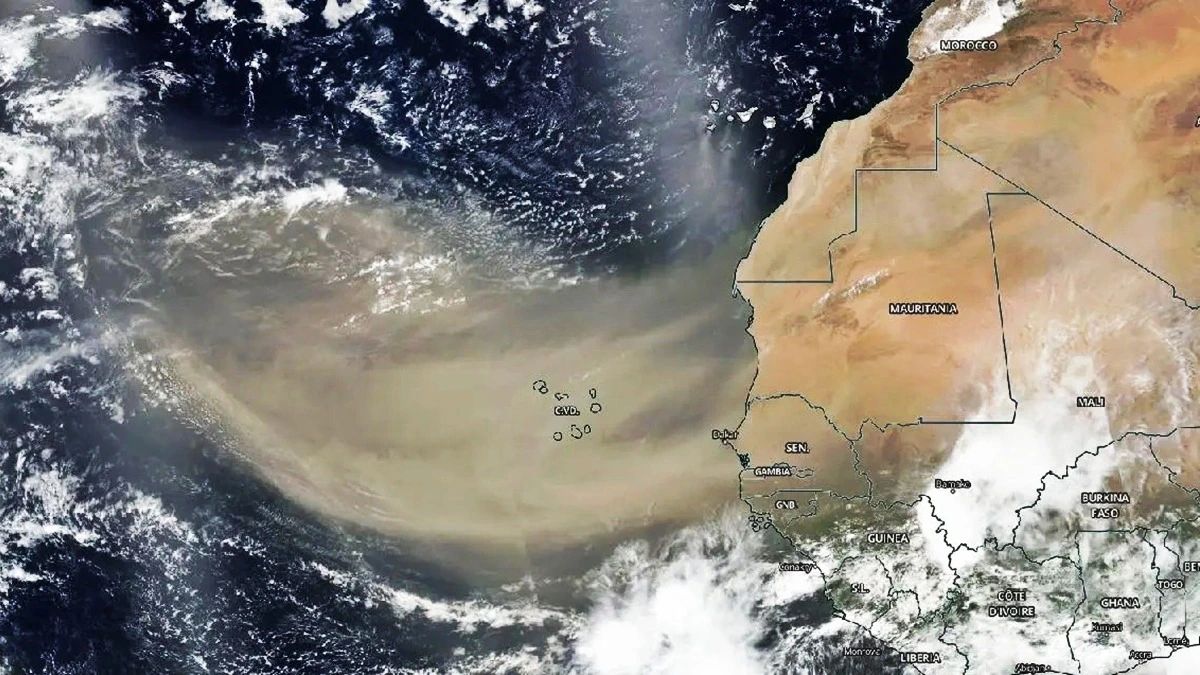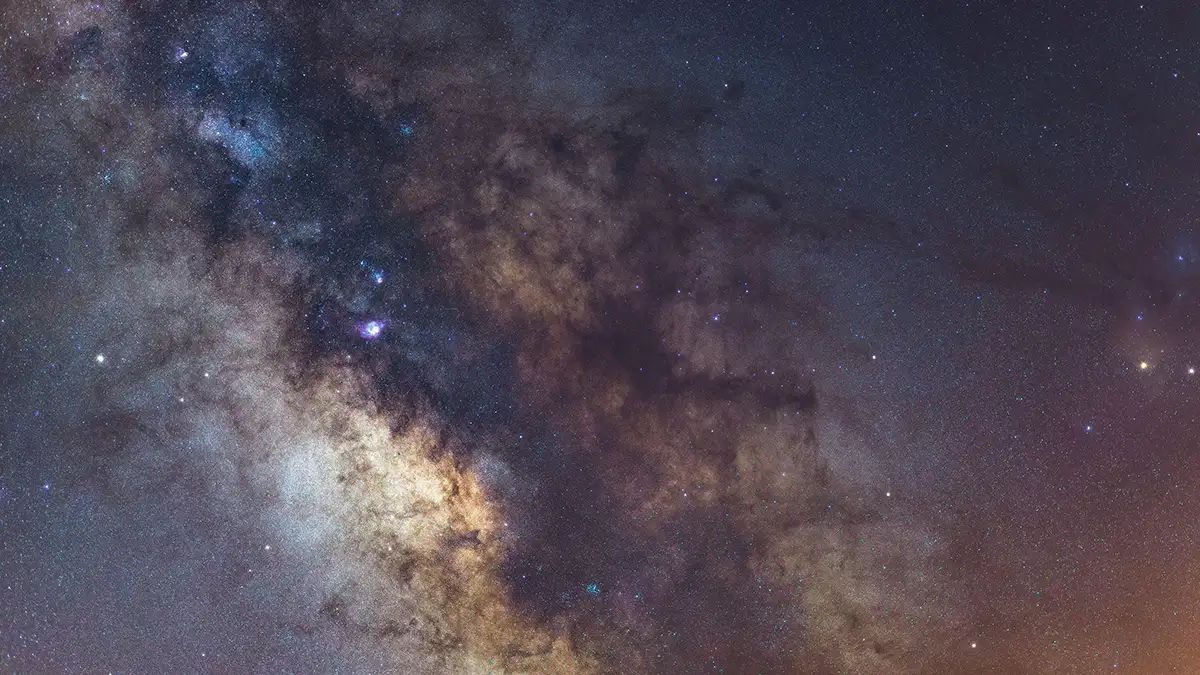California is known for its sunny skies and innovation, but now it’s using both to tackle two of the biggest crises facing the world today—climate change and water shortages. Sounds impossible? Not anymore. In a bold new project, the state is blending sun and water to create clean energy while conserving a critical natural resource. And no, it’s not science fiction. It’s smart science and smart planning.
Let’s break down what California is doing, why it matters, and how this surprising strategy could shape the future of sustainability.
Crisis
We’re all feeling the heat—literally and figuratively. Across the globe, energy demands are rising, pollution is worsening, and fresh water is becoming increasingly scarce.
California, in particular, has been hit hard. Climate change is reducing rainfall, drying out rivers, and making droughts more common. This puts massive pressure not just on homes, but also on farmers, ecosystems, and energy providers.
The state needed a fix—and fast.
Problem
At the center of this initiative is a very specific issue. Traditional energy sources like coal and oil are not only polluting but also contribute to global warming. Meanwhile, farmers are watching irrigation channels dry up under California’s scorching sun.
The challenge? To produce clean energy without losing even more water in the process.
Solar energy is a fantastic solution in terms of emissions—but placing solar panels in sun-drenched areas like California comes with a downside. The heat speeds up evaporation in irrigation systems, reducing already scarce water supplies. That’s bad news for everyone, especially agriculture.
Project
California’s green solution is actually quite clever. The idea is to install solar panels over irrigation canals. Yes, you read that right. The solar panels will float above the flowing water, converting sunlight into electricity while also casting shade over the channels to prevent evaporation.
So not only is the state generating renewable energy, but it’s also saving water. Two major problems solved with one creative idea.
The design takes advantage of existing infrastructure, so no new land is needed. This keeps the environmental impact and costs much lower than starting from scratch.
Location
Why California? Because no other U.S. state deals with water issues quite like it does. Its dry climate and frequent droughts make it the perfect testing ground for a dual-purpose project like this.
Plus, the state already has thousands of miles of irrigation canals in place. That means there’s no need to clear land or build new paths—the solar panels can simply be added on top of what’s already there.
And the price? A surprisingly reasonable $19 million. Of that, $15 million is going toward research and development, meaning California isn’t just installing panels—it’s paving the way for the future of green tech.
Expansion
As of now, California is leading the way, but this idea holds incredible potential worldwide. Think of desert regions or drought-prone countries that are already investing in renewable energy—places like Spain, Chile, and Brazil.
By using existing irrigation systems in hot, dry climates, other nations could follow California’s lead. It’s a way to protect precious water while boosting clean energy output.
If this idea spreads globally, we could see a massive reduction in water waste and a significant increase in green power—all without needing to take up extra land or resources.
Hope
The truth is, our planet is at a turning point. Human activity has led us into environmental crisis after crisis, but ideas like this give us hope. Combining water conservation with solar energy in a single, smart system shows what’s possible when innovation meets urgency.
Yes, $19 million is a lot of money—but in the grand scheme of things, it’s a small price to pay for a cleaner, more sustainable future. And if it works in California, why not the rest of the world?
FAQs
What is California’s new green project?
Installing solar panels over irrigation canals to save water and produce energy.
How does it help conserve water?
The panels reduce evaporation by shading the water in canals.
Why was California chosen?
Frequent droughts and existing canal infrastructure made it ideal.
Is this project expensive?
It costs $19 million but uses existing infrastructure to save costs.
Can this be used in other countries?
Yes, it’s ideal for dry, sunny countries like Chile, Spain, and Brazil.

